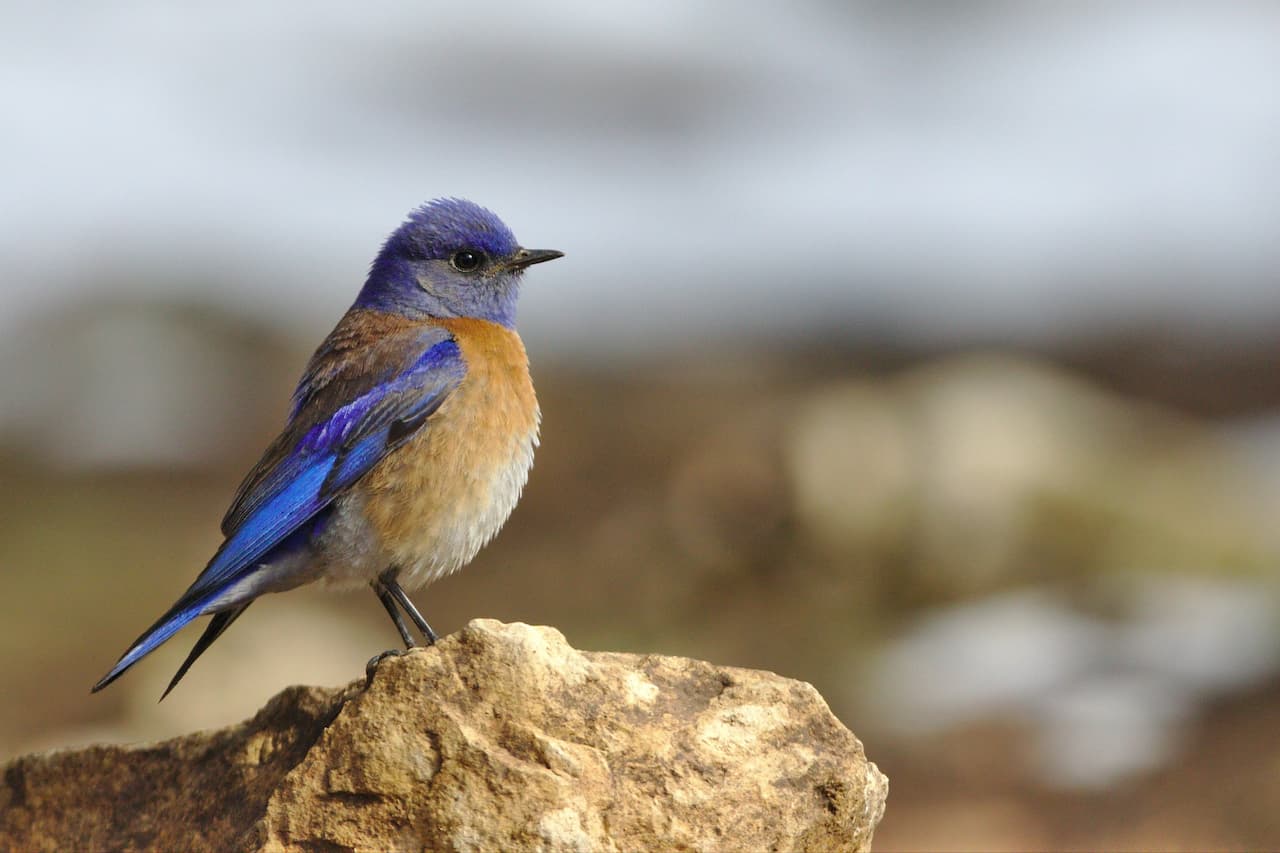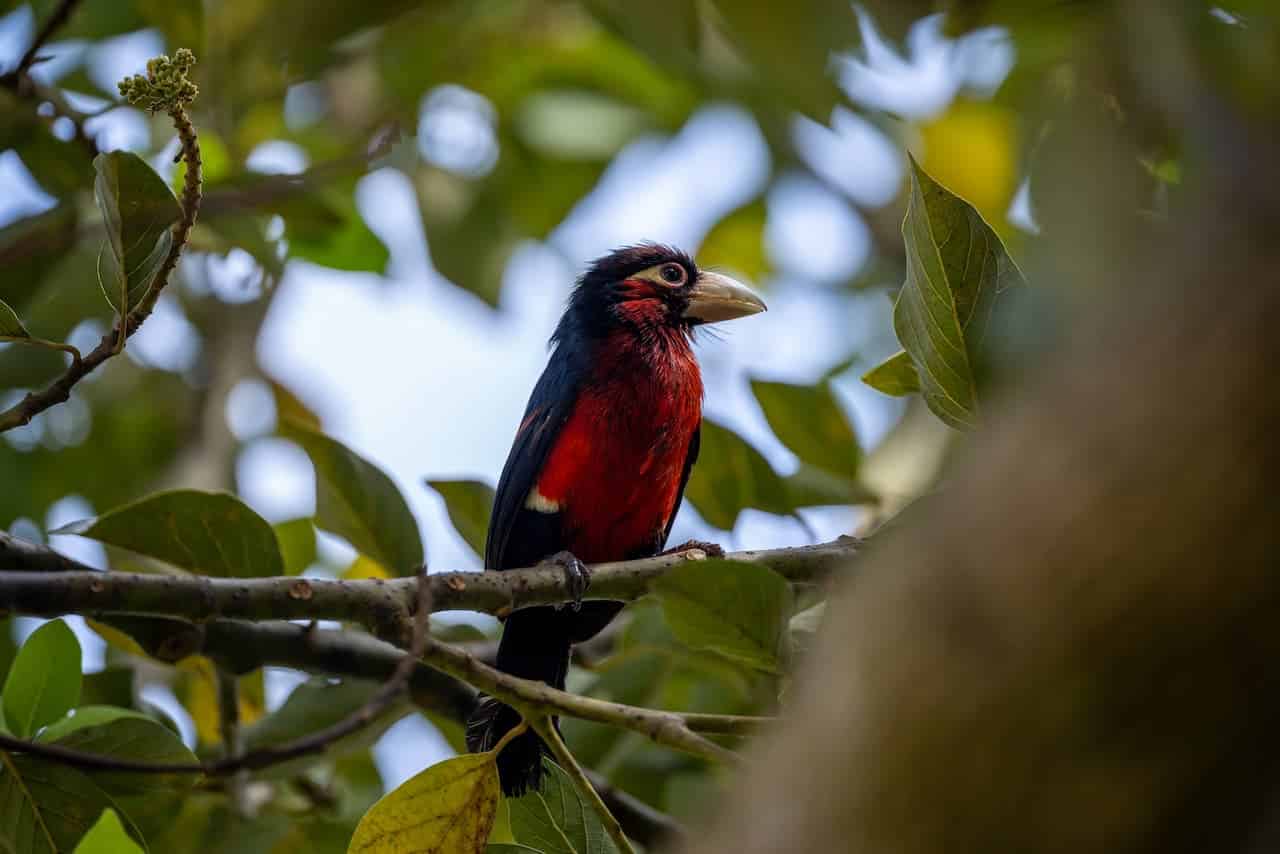Mississippi Kites (Ictinia mississippiensis)
Mississippi Kites (Ictinia mississippiensis)
The Mississippi Kites (Ictinia mississippiensis) are raptors that breed in scattered localities across the southern and central United States. These long-distance migrants travel in flocks south to winter in South America.
Notwithstanding their common and Latin names, these birds of prey are more common in the southern Great Plains than in the State of Mississippi.
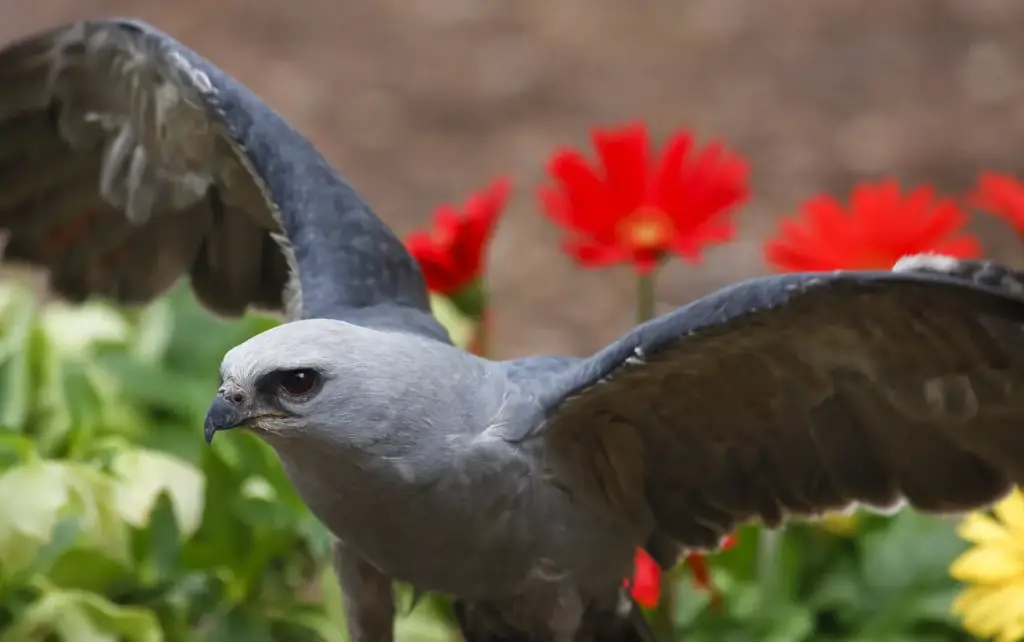
These graceful, long-winged, falcon-like birds have a plumage that is mostly grey with a paler head; a black tail, yellow to red legs, and red eyes. Their flight is smooth and fluid.
Mississippi Kites are protected under the Migratory Bird Treaty Act of 1918, which makes it illegal to harm or take into possession, the adults, their eggs, or their young, or to tamper with their nests (empty or occupied) without the proper permits.
They have an average lifespan of 7 – 8 years.
Distribution / Habitat
Summer / Breeding Range
They breed in southern and central North America – from Arizona east to southeastern Colorado, southern Kansas, and southern Missouri south to Florida. They nest in the northwestern third of Texas and north central Texas; isolated nesting populations are found in eastern Texas.
In recent years, they have been regularly recorded as far north as the Great Lakes region and southern New England (New Hampshire).
Winter Ranges
They migrate south to winter in central South America, specifically northern Argentina and southern Paraguay.
Non-breeding birds also occur as far north as southern Texas.
Migration
March / April – May: Birds migrate north through coastal Mexico to their breeding territories in the United States.
End of August – September / October: Breeding birds travel south to their wintering ranges.
They usually migrate in loose flocks, often in mixed flocks with other migrant raptor species, such as Swainson’s Hawks, Plumbeous Kites, Broad-winged Hawks, and Turkey Vultures.
In 2006, a flock consisting of an estimated 10,000 individuals was reported on northward-bound migration at Fuerte Esperanza, Argentina. In 2004, at least 9,700 were reported during fall migration near Corpus Christi, Texas (Smith 2004).
Habitat
Breeding / Summer: Usually seen individually or in pairs, hunting in open areas (prairies, woodlands, savannahs, and agricultural lands) or roosting on tall trees adjacent to open country. Also increasingly found in wooded suburbs. They usually remain close to water. Mostly occurs at lower elevations.
Winter: More gregarious in winter. Groups of 10 – 50 individuals are often seen roosting in large stands of eucalyptus trees (Di Giacomo 2005).
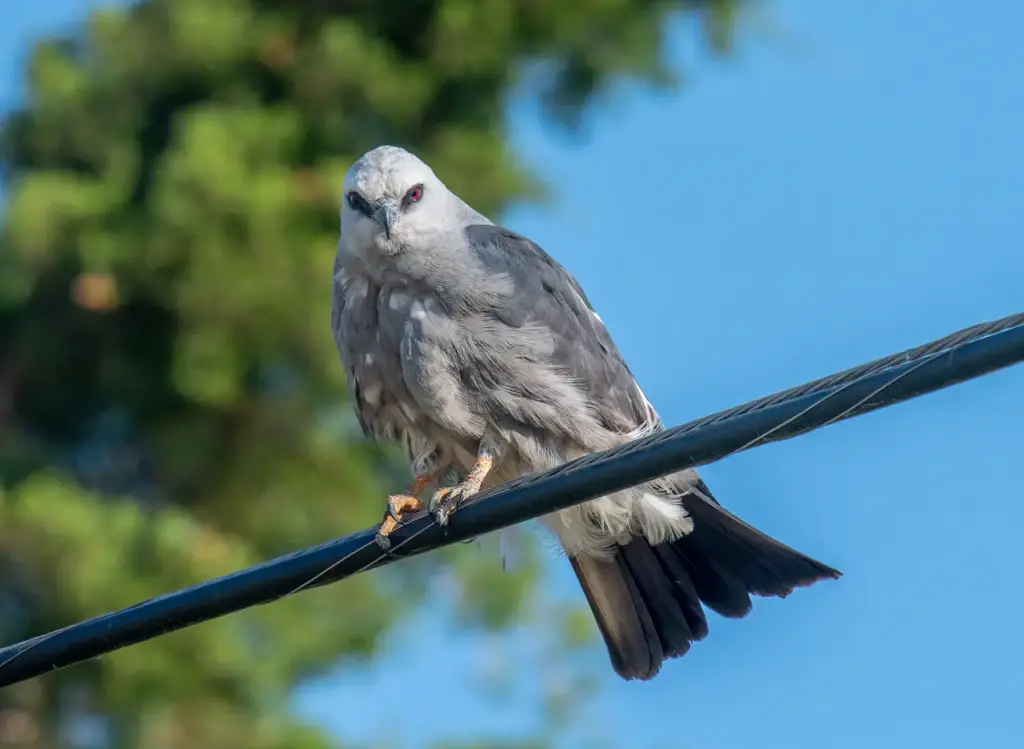
Status
In 2004, Rich et al estimated the entire global breeding population to exist of about 190,000 individuals (data based mainly on Breeding Bird Surveys).
Description
Measurements:
- Length: 12 – 14.6 inches (30 – 37 cm)
- Wingspan: 3 feet (91 cm)
- Weight: 7.6 – 13.7 oz (214 – 388 grams)
Key Id:
- Medium-sized hawk, with long, narrow, pointed wings
- Long, squared-off, black tail
- Short, dark, hooked beak
- Plumage mostly grey with darker grey back and upper wing feathers
- Pale gray head with dark patches around the red eyes
- Underparts grey
- Blackish flight feathers visible from below
- Flight is soaring and gliding on flat wings, sometimes with tail fanned
Gender ID:
- Males and females look similar
- The female has a darker head and neck and has paler undertail coverts (feathers).
Immature:
- Streaked bodies
- Back and upper wing dark brown
- Underparts chestnut color, heavily streaked with brown
- Streaked, brownish head with pale “eyebrows”
- Dark, white-barred tail
Similar species:
- White-tailed Kites: whitetail, whitish chest, and black spots on wings
- Northern Harriers: paler underwings, white rump
- Peregrine Falcon: barred plumage
- Plumbeous Kite
Diet / Feeding
Mississippi Kites mostly feed on large insects captured and often consumed in flight, such as grasshoppers, cicadas, and dragonflies. Since they feed on crop-damaging insects, they are of economic value. They have been known to fly about or follow cattle, horsemen, or farm machinery to catch insects they stirred up as they moved through the grass; or hunt along the edges of grass fires to capture fleeing insects.
Their diet also includes snakes, frogs, reptiles, small mammals, small birds, and carrion (carcasses).
Breeding / Nesting
Mississippi Kites usually pair up in the wintering range or during migration. Breeding activities commence as soon as they arrive in their breeding range, which is usually in late May or early June. They often return to their previously used, simple stick nests, or they may construct new ones. These nests are typically found on diverging branches high up on deciduous trees. Since the mid-1970s, nesting has increased in urban areas.
They usually nest in loose flocks and generally produce only one clutch of eggs a year (although they may replace a lost one).
The average clutch consists of 2 – 3 bluish-white eggs (mostly two), which are incubated for about 30 – 32 days by both parents taking turns. Both parents raise the young, which leave the nest (fledge) when they are 30 – 35 days old. The parents will aggressively guard their nests and young and are well known for diving at animals and people that venture too close to their nests – occasionally resulting in injuries to unsuspecting individuals that pass by their nests. The general recommendation is to stay away at least 50 yards from the nests to avoid conflict with the parents. This diving behavior usually stops once the young have fledged.
Despite their parents’ protectiveness only about 50% of all young survive. Many fall victim to storms and predators, such as Great Horned Owls and raccoons. The survival rate in urban areas is higher likely due to fewer predators in those areas.
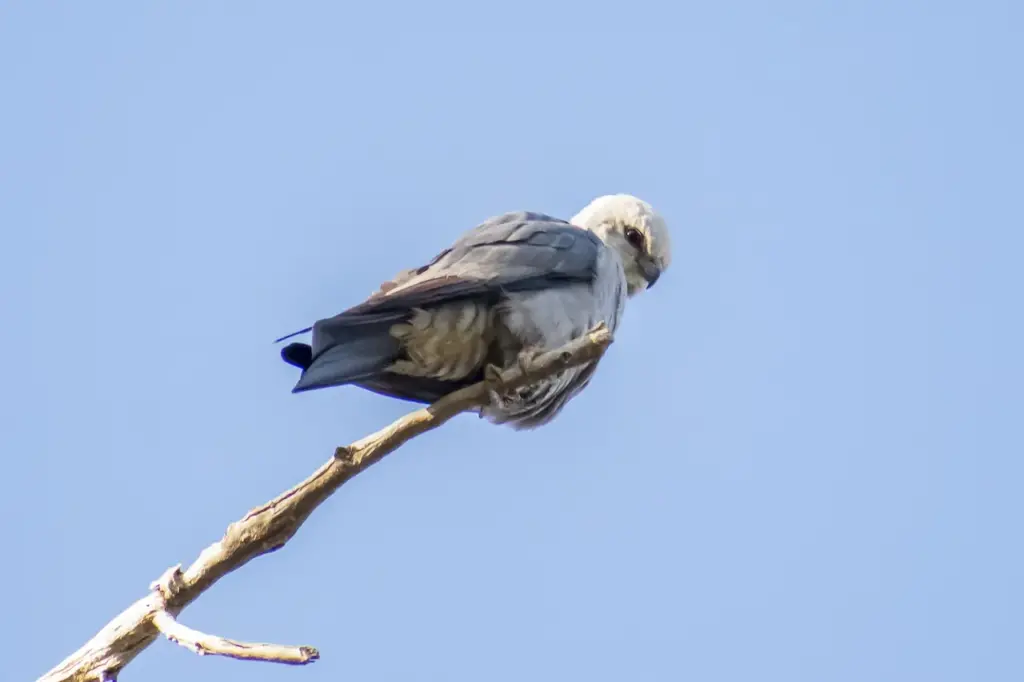
Calls / Vocalizations / Sounds
Mississippi Kites are mostly silent. Their calls are described as high-pitched squeaks, reminiscent of the sound of a squeaky dog toy. They also utter whistling alarm calls.
Alternate (Global) Names
Chinese: ?????? … Czech: Lunák mississipský, lu?ák mississipský … Danish: Falkeglente … Dutch: Mississippi Wouw, Mississippiwouw, Mississippi-wouw … Estonian: põhja-noolhaugas … Finnish: Sirkkahaukka … French: Milan du Mississippi … Guarani: Syi syi … German: Mississippi Weih, Mississippiweih … Italian: Ittinia del Mississippi, Nibbio del Mississipi … Japanese: mishishippiatobi, mishishippi-tobi … Norwegian: Mississippiglente … Polish: cykadojad jasnoglowy, cykadojad jasnog?owy … Portuguese: Gaviao-do-mississipi, sauveiro-do-norte … Russian: ???????????? ?????? … Slovak: iktínia sivomodrá … Spanish: Aguililla del Misisipí, Elanio Colinegro, Elanio del Mississipí, Milano boral, Milano Boreal, Milano de Misisipi, Milano del Mississipí … Swedish: Mississippiglada


